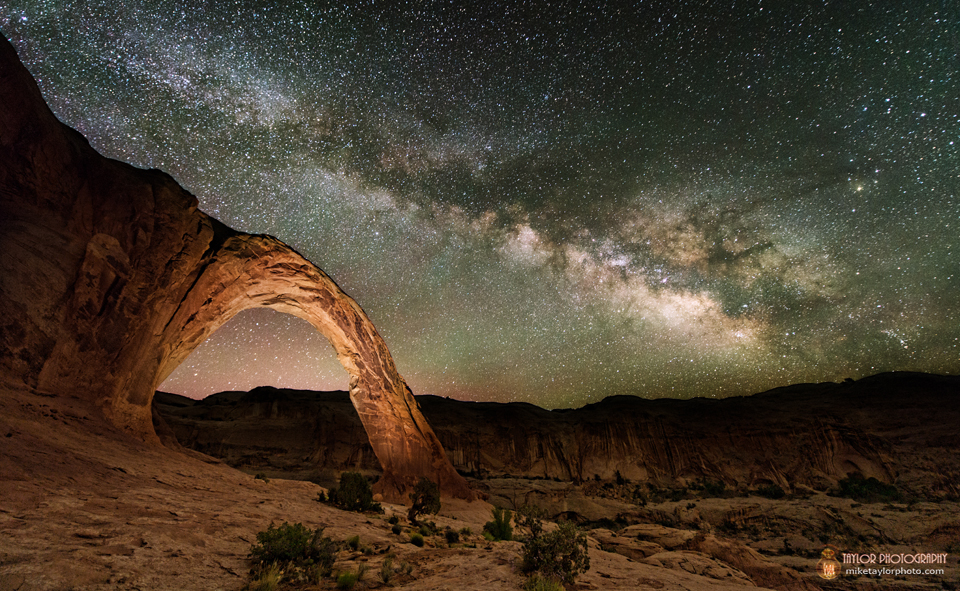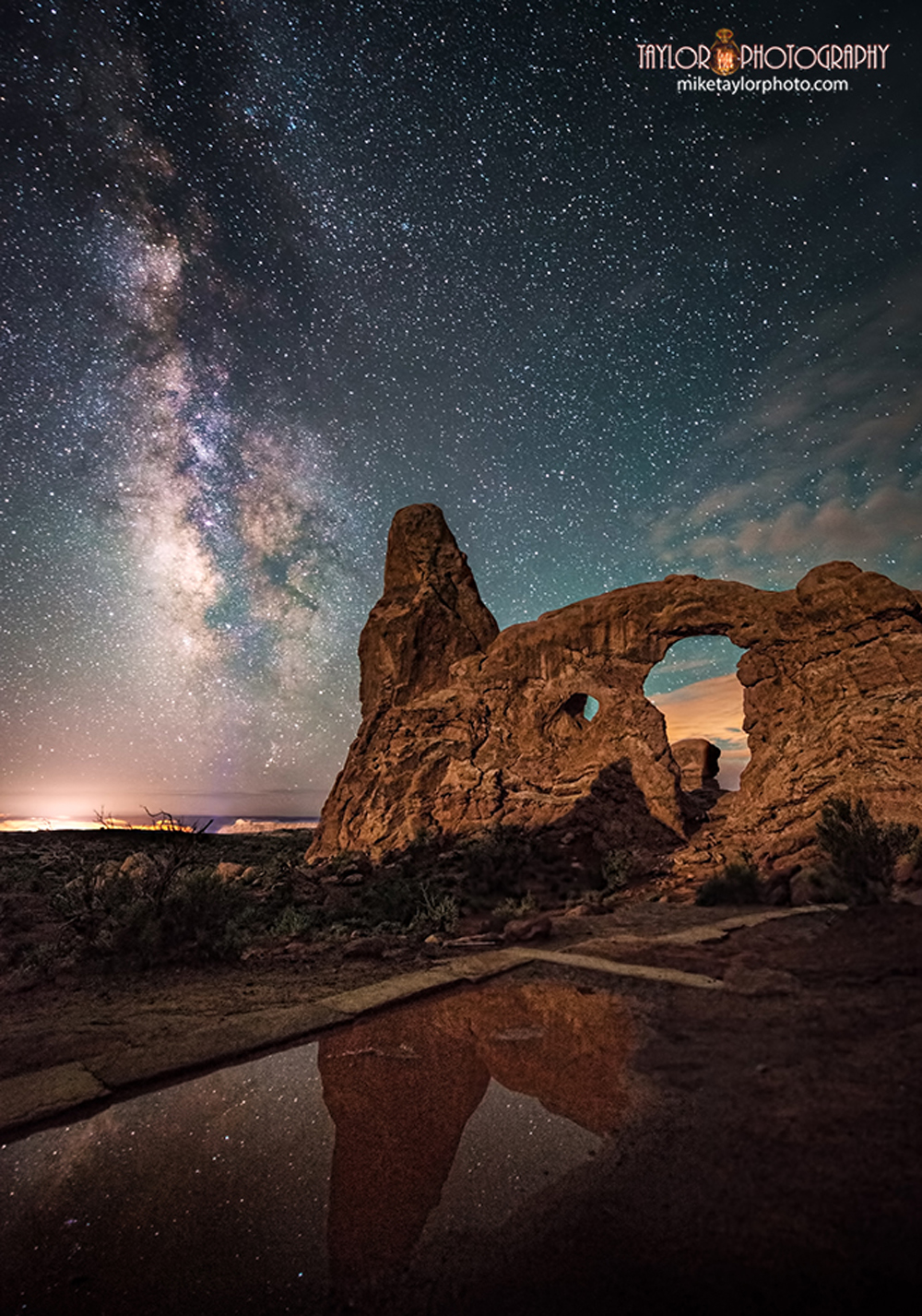Astronomy Festival Kicks Off in Utah, Far From City Lights

The 16th annual Bryce Canyon Astronomy Festival kicks off this week in southern Utah, and Space.com will be in attendance.
Yes, we're getting out this summer — taking advantage of the warm weather and heading to a location so far from city lights that the night sky can radiate in all its glory.
The festival, which runs from June 1 to 4, includes stargazing (of course), with telescopes provided by the Salt Lake Astronomical Society. During the day, there will be rocket-building workshops, presentations about astronomy, an indoor "planet walk" and other space-related activities.
Bryce Canyon National Park is located about 275 miles (440 kilometers) south of Salt Lake City and 260 miles (420 km) northeast of Las Vegas, just north of the Arizona border. The park is perhaps best known for its hoodoos — tall and skinny (but also sort of lumpy) red rock formations that look like totem poles made from stone. These formations can be found in other parts of the central United States, but "nowhere in the world are they as abundant as in the northern section of Bryce Canyon National Park," according to the park's website. Hundreds of hoodoos appear together in a certain section of the park, packed together like trees in a forest.
Bryce is located in a largely uninhabited swath of desert. The city of St. George (population: 76,000), located about 125 miles (200 km) away, is the nearest source of any significant light pollution.
Although Bryce Canyon National Park is not listed as an International Dark Sky Park by the International Dark-Sky Association, it is relatively close to three other dark-sky parks in Utah: Capitol Reef National Park (about 115 miles, or 185 km, driving northeast from Bryce), Canyonlands National Park (about 250 miles, or 400 km, northeast) and Natural Bridges Monument (about 250 miles east). Arches National Park in Moab, Utah (about 240 miles, or 390 km, driving northeast from Bryce), with its stunning rock formations, is another prime location for night-sky photography.

We'll be posting stories and photos from the festival in the coming days. If you'd like to learn more about stargazing in a national or state park, check out our complete guide. Also, be sure to check out our summer vacation ideas for space lovers and vacation ideas for science-fiction fans. Both lists include suggestions that will get you into the great outdoors.
Get the Space.com Newsletter
Breaking space news, the latest updates on rocket launches, skywatching events and more!
Follow Calla Cofield @callacofield.Follow us @Spacedotcom, Facebook and Google+. Original article on Space.com.
Join our Space Forums to keep talking space on the latest missions, night sky and more! And if you have a news tip, correction or comment, let us know at: community@space.com.

Calla Cofield joined Space.com's crew in October 2014. She enjoys writing about black holes, exploding stars, ripples in space-time, science in comic books, and all the mysteries of the cosmos. Prior to joining Space.com Calla worked as a freelance writer, with her work appearing in APS News, Symmetry magazine, Scientific American, Nature News, Physics World, and others. From 2010 to 2014 she was a producer for The Physics Central Podcast. Previously, Calla worked at the American Museum of Natural History in New York City (hands down the best office building ever) and SLAC National Accelerator Laboratory in California. Calla studied physics at the University of Massachusetts, Amherst and is originally from Sandy, Utah. In 2018, Calla left Space.com to join NASA's Jet Propulsion Laboratory media team where she oversees astronomy, physics, exoplanets and the Cold Atom Lab mission. She has been underground at three of the largest particle accelerators in the world and would really like to know what the heck dark matter is. Contact Calla via: E-Mail – Twitter









